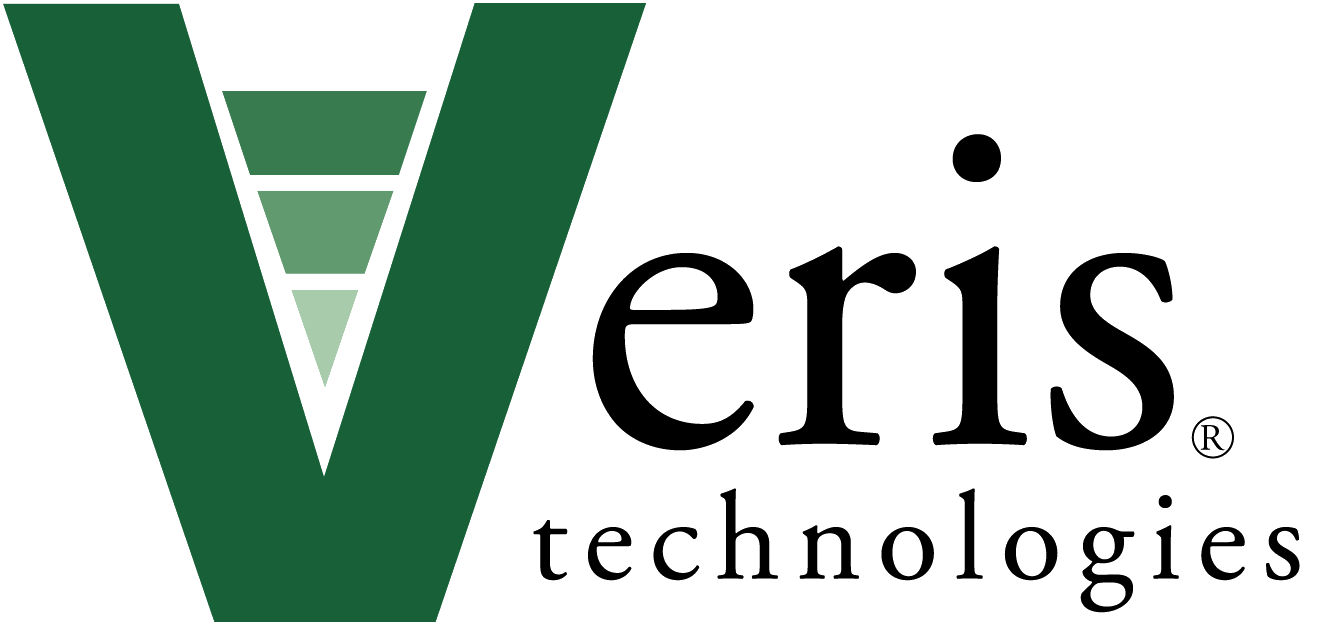1,000 Dutch Fields in Three Years
Why do Dutch farmers value their soil? Perhaps it’s because many of their fields are relatively small, protected by dykes that hold back the sea. Maybe it’s because they grow high-value crops such as vegetables, flower bulbs, and sugar beets. Whatever the reason, one thing is clear: they also value precise maps of this precious resource. Since late 2013 when Agrometius acquired their first Veris MSP3, they and their contractors have mapped over 1,000 fields in Holland and Belgium with a fleet of nine MSP3’s. Led by Dennis Nijland, Agrometius is a dynamic GPS technology and precision farming company with more than 40 employees. It distributes Trimble, Pessl, and Veris products and has offices in the Netherlands and in Belgium. Recently they have expanded their business and began serving as the Veris distributor for sever
Collecting high quality soil sensor data in high-value crops can be a serious challenge. Field conditions are far from ideal as fields are often muddy and heavily tracked with various harvest equipment. In spite of this, the data quality from Agrometius is some of the very best that is processed via the Veris FieldFusion® portal.al European countries.
Jan Nammen Jukema coordinates the Precision Agriculture effort for Agrometius and is responsible for his company achieving such outstanding map quality. Jan Nammen says, “It is just like growing potatoes. The quality is in the field and you are not able to improve the quality after harvest. The same goes for Veris mapping, the quality of the data needs to be 100%. That is why we have a focus on quality and fully train our customers.”
As Agrometius extends their success with Veris throughout Europe, they are well aware of the issues facing European farmers. As Jan Nammen sees it: “Consumers more and more ask farmers to grow crops in a sustainable way. We have to stop working with the traditional boundaries like a ditch, a road, trees, etc. The new boundaries are the different zones within a field. Today this is possible since the technique is here to precisely map the fields and apply the prescription maps!”
Originally Published August 11, 2016.


